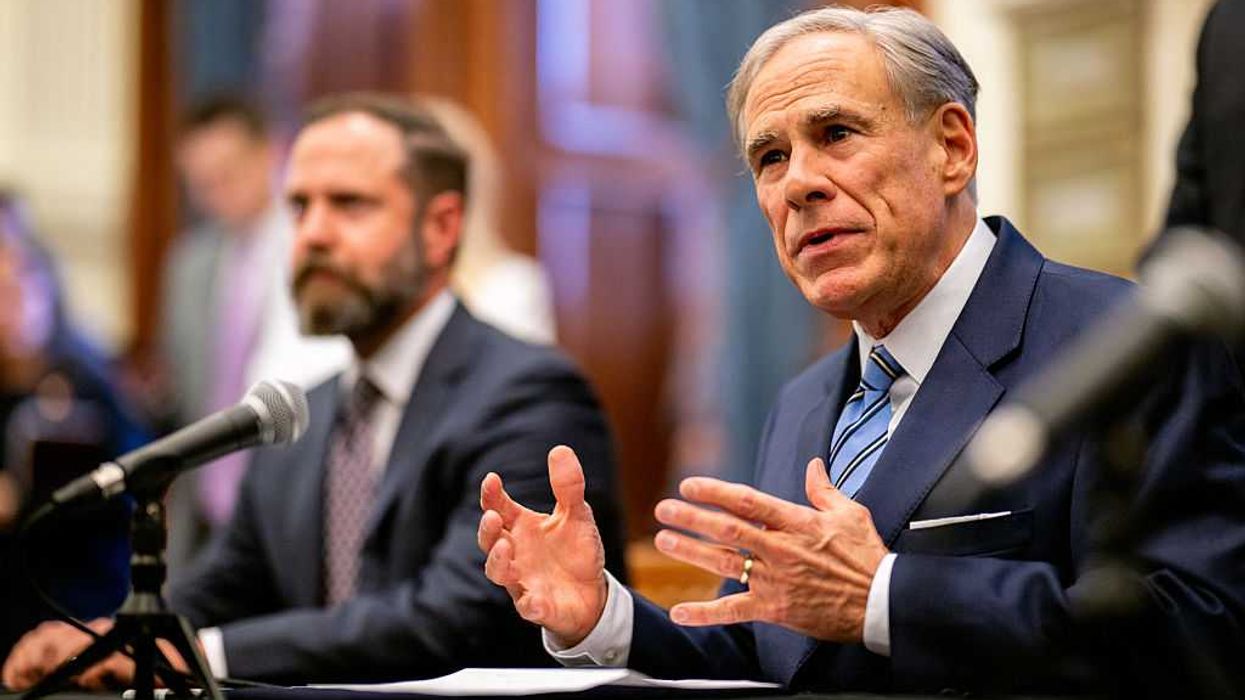Watch 'The Root: The Birth of Big Brother' and all of 'The Root' episodes HERE
Read Segment 1's research HERE
Read Segment 2' research HERE
Segment 3: SIGABA; Sarnoff; codes lead to Japanese internment
SIGABA
Glenn continued going through history in this segment, showing the ongoing pattern of government surveillance and partnerships between government and private communications corporations. Thanks to Hollywood’s Imitation Game, you’ve probably heard of the German ENIGMA cipher machine. It was extremely difficult and crucial to crack its coding, but Alan Turing and his team managed to do it. William Friedman and his team, however, receives far less attention but deserves just as much, because he pioneered the SIGABA cipher machine. To this day it has never been cracked, deciphered, or broken.
While SIGABA was critical to the Allied success in World War II, technology like it also played a role in a darker part of America’s past: Japanese Internment. Code named ‘Magic’, Friedman’s signals team managed to crack nearly every Japanese code in the build up to war. We were monitoring every diplomatic and civilian message going to and fro Japan. As messages came in, intelligence officials began painting a picture. One that put all Japanese Americans squarely in the line of fire.
Sarnoff
One month before the Japanese attack on Pearl Harbor the President of RCA David Sarnoff visited Hawaii. Naval District Intelligence officer Captain Irving Mayfield seized the opportunity and requested a meeting.
Mayfield had a problem. The Japanese command and control code JN-25 wasn’t broken yet. If the Japanese decided to attack, the U.S. would have little to no warning. RCA’s commercial lines were responsible for most communications going into and out of Hawaii. That included the Japanese Embassy. Captain Mayfield pleaded with Sarnoff to allow the government to listen in on RCA’s lines. Both Japanese and U.S. citizens were being spied upon. Similar to Herbert Yardley’s deal with Western Union, Mayfield’s deal with RCA and David Sarnoff had crossed the line. The deal was in complete violation of both the 4th Amendment and section 605 of the Federal Communications Act of 1934. Spying on Americans was against federal law but in a time of war the government asked and Sarnoff allowed it.
David Sarnoff re-enabled activities that should have been forever decommissioned with the closure of Yardley’s Black Chamber. Sarnoff’s cooperation with the government would expand. He would serve on Eisenhower’s communications staff and would pioneer the broadcasts of both Radio Free America and Voice of America. He would even be commissioned as an officer in the Army and given the rank of Brigadier General. All the while being the head of the largest private communications company of the time.
Under Sarnoff’s leadership RCA would become THE communications company after WW2. Having a hand in establishing both NBC and ABC. The pioneer communications companies of the United States were born during this era. Snowden’s leak that the NSA gets information from companies such as Verizon, Google, Facebook, Microsoft and Yahoo may be a new revelation, but it is not a new practice. These companies were simply continuing an illegal tradition that began after WW1, was improved during WW2, and has now been perfected.
Japanese Internment
In 1940 William Friedman and SIS were frantically at work trying to break Japan’s newest code. The code was named PURPLE and was encrypted using a version of Germany’s ENIGMA cypher machine.
While the British worked on ENIGMA in Europe Friedman and SIS worked on PURPLE. The British and Alan Turing had a distinct advantage. They had a stolen ENIGMA machine and parts of the code already having been deciphered by Polish cryptanalysts. SIS had none of that. Remarkably the Americans were able to reverse engineer a PURPLE cypher machine without ever having seen one in person. Based off of pure theory Friedman and SIS built a fully functioning PURPLE cypher and broke the code.
Communications at first were random and not of much strategic value. Primarily dealing with the Japanese effort at attempting diplomatic rapprochement or enabling various propaganda campaigns. That all changed on January 30th 1941. PURPLE traffic had been intercepted from Tokyo to the Japanese Embassy in Washington D.C. It would immediately be logged as MAGIC message #44.
The contents of which described a dramatic shift in Japanese intelligence. Tokyo was ordering the activation of intelligence assets already in country under cover and mapping out an aggressive collection program.
What really disturbed Washington was a part of the message that used the term “Nisei”. Tokyo specifically called on the Japanese intelligence agents to reach out and activate the Nisei. Translated into English this meant “Second Generations”.
The Japanese considered people that were born in Japan but lived out of the country as first generations (Issei). Their children were called Nisei (second generations). Regardless of wherever they lived in the world both the Issei and Nisei were considered full citizens of Japan. They enjoyed all the rights of a native Japanese citizen, and it was emphatically believed they would be loyal to the Emperor.
This alarmed the Director of Naval Intelligence. He immediately sent a message to the Chief of Naval Operations urging him to report this activity directly to the President (reference Navy letter 2.12.41). Notice they didn’t reference the Magic program in the letter. To do so would reveal the existence of SIS and their program. The fact that they had broken PURPLE was highly classified. They list the source as a “highly confidential and reliable source by the Domestic Intelligence Branch”.
Message traffic continued to come in. We opened up the program to monitor multiple locations across the U.S. Soon we were getting a flood of deciphered messages referencing the activation of Japanese intelligence programs in California and as far North as Seattle.
The program was growing rapidly. By June Tokyo was already appropriating additional funds to continue its growth.
The appearance from intercepted message traffic was that a huge Japanese intelligence net was being woven all up and down the west coast. The way the Japanese described the loyalty of their “second generations” the threat was perceived to be everywhere. It didn’t help matters when Japanese citizens that were perceived to be trusted were found out to be spies. In one Magic intercept the name of a Japanese spy was revealed in a message ordering one of his bribe payoffs. Toraichi Kono was to be paid 25,000 to provide false testimony in a court case involving another spy. Kono was the personal confidant, assistant and chauffeur to one of the most famous people in the world - Charlie Chaplin.
By late November the paranoia had reached a boiling point. The FBI drafted a letter suggesting the “Custodial Detention” of Japanese, German and Italian aliens in case of war.
This letter was sent on December 4th 1941. War would come to Pearl Harbor just 3 days later.
2 months later on February 19th 1942 President Roosevelt issued Executive Order 9066. This authorized the forced relocation and incarceration of up to 120,000 Japanese. Of all the Germans, Italians and Japanese put into camps only the Japanese were incarcerated purely on their racial background. We were reacting on intelligence that made it seem that the threat could come from anywhere. Somehow that became justification enough to round up an entire race of men, women and children of our own citizens and put them in internment camps.






 Harold M. Lambert / Contributor | Getty Images
Harold M. Lambert / Contributor | Getty Images
 Adam Gray / Stringer | Getty Images
Adam Gray / Stringer | Getty Images Anadolu / Contributor | Getty Images
Anadolu / Contributor | Getty Images Brandon Bell / Staff | Getty Images
Brandon Bell / Staff | Getty Images